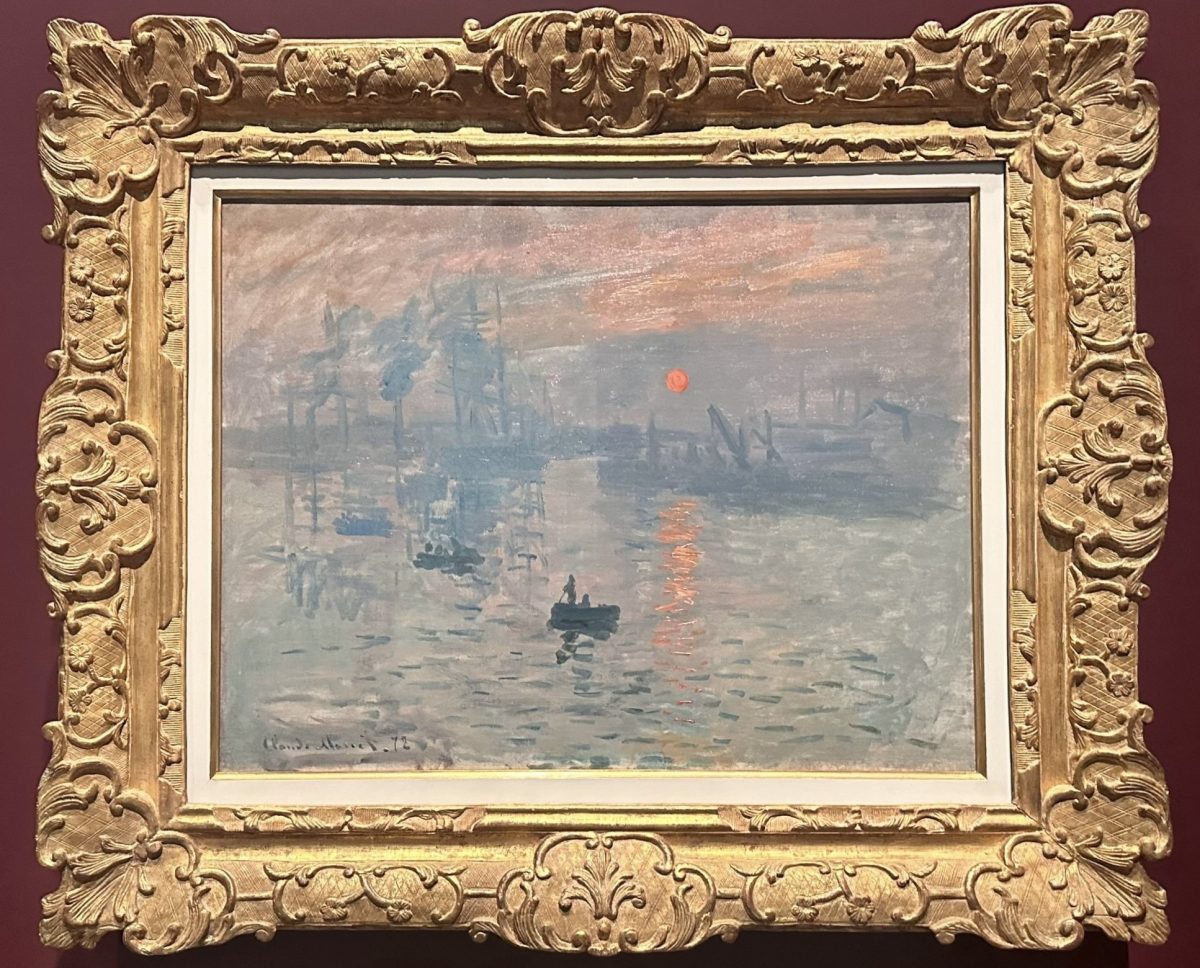Far from their place of origin, a set of Impressionist paintings currently lie in the National Art Gallery in D.C., as a part of a limited time exhibit focused on the French Impressionist movement. The set is a collection of works from the likes of Claude Monet, Paul Cezanne, Berthe Morisot, and Camille Pissarro. Despite the significance it has, Impressionism is a movement that is often overlooked in the understanding and practice of modern art.
For artists today, terms from the past may not be well known, but the influence that came with them, like with modernism, stays important. Charley Farr, an art student at Briar Woods responded “No, I don’t think I know what that is, like at all,” when asked about if she knew what Impressionism meant or was.
In mid-19th century France, the Impressionist movement took off with many young artists during a time where France was undergoing great change, both socially and politically, like with the industrial revolution and the establishment of the Second Republic in France. The techniques of what is now called impressionism, was something that was radical in comparison to what had come before in French art.
Impressionism is focused on capturing the present, or a moment which just occurred. For years, French art had been centered around painting history and legends but Impressionism marked a change toward depicting the present. The change in the subject also initiated a change in technique, with painters putting emphasis on light and works becoming more open to interpretation.
In the height of the Impressionist movement, French artist, Pierre-Auguste Renoir, had said “One morning, one of us ran out of the black, it was the birth of impressionism,” referring to the idea that the important thing was not the object being painted but the perception of it, with the perception being more lively.
The focus and emphasis on fleeting moments alongside the loose brushwork was met with harsh criticism from traditionalists in France. The name of the movement, Impressionism, came from a Monet painting style titled “Impression,” which utilized the movement’s ideas and techniques. Although, the term was originally used as an insult, acting in a way to call an artist’s work unfinished, or like a sketch.
The real lasting significance of impressionism lies in its breaking away from traditional standards, which revolutionized art and allowed it to grow vastly into what it is today. The DC exhibit shines a light on the movement’s influence, running until mid-January, and offers an opportunity to engage with the works that changed the trajectory of art.





































